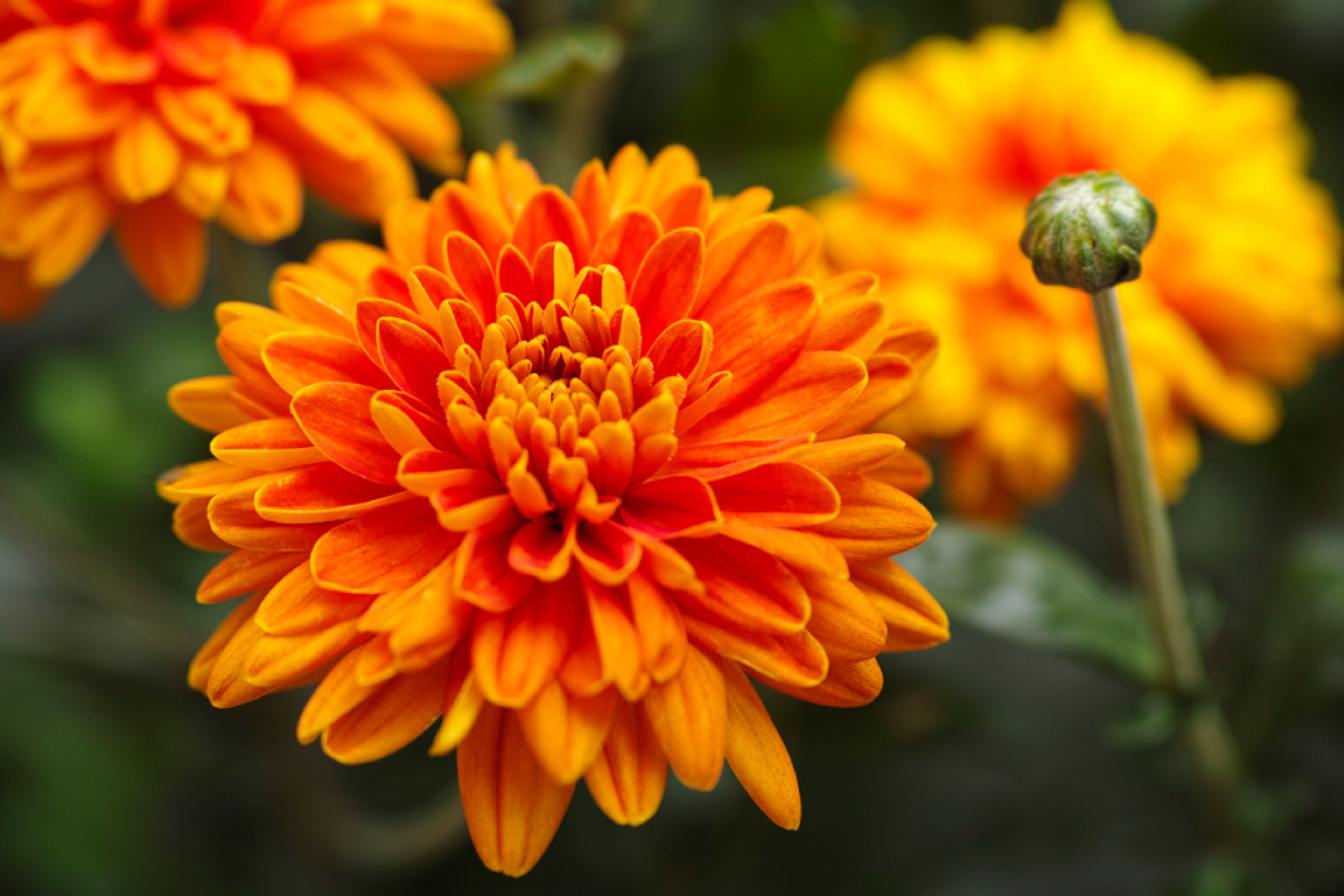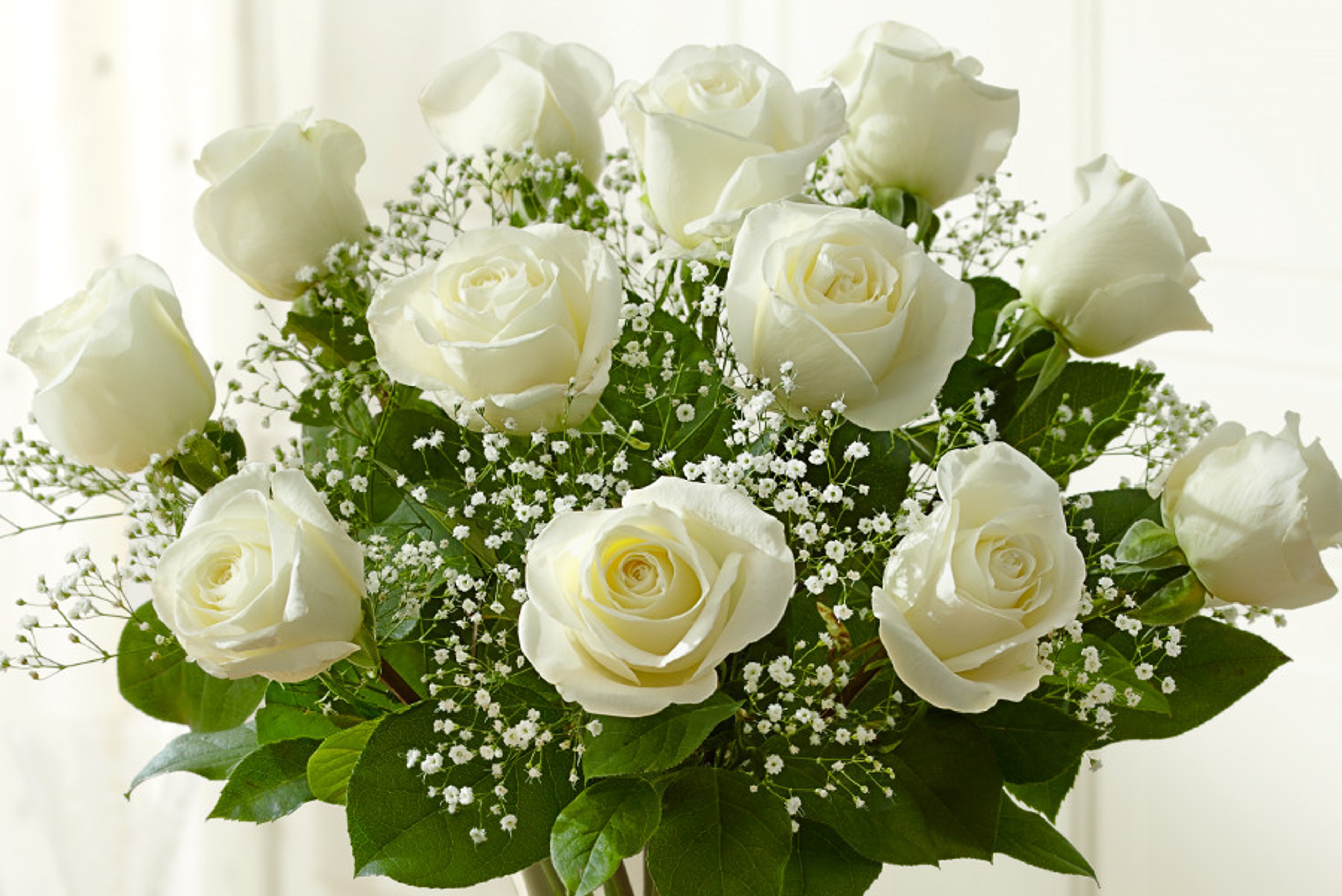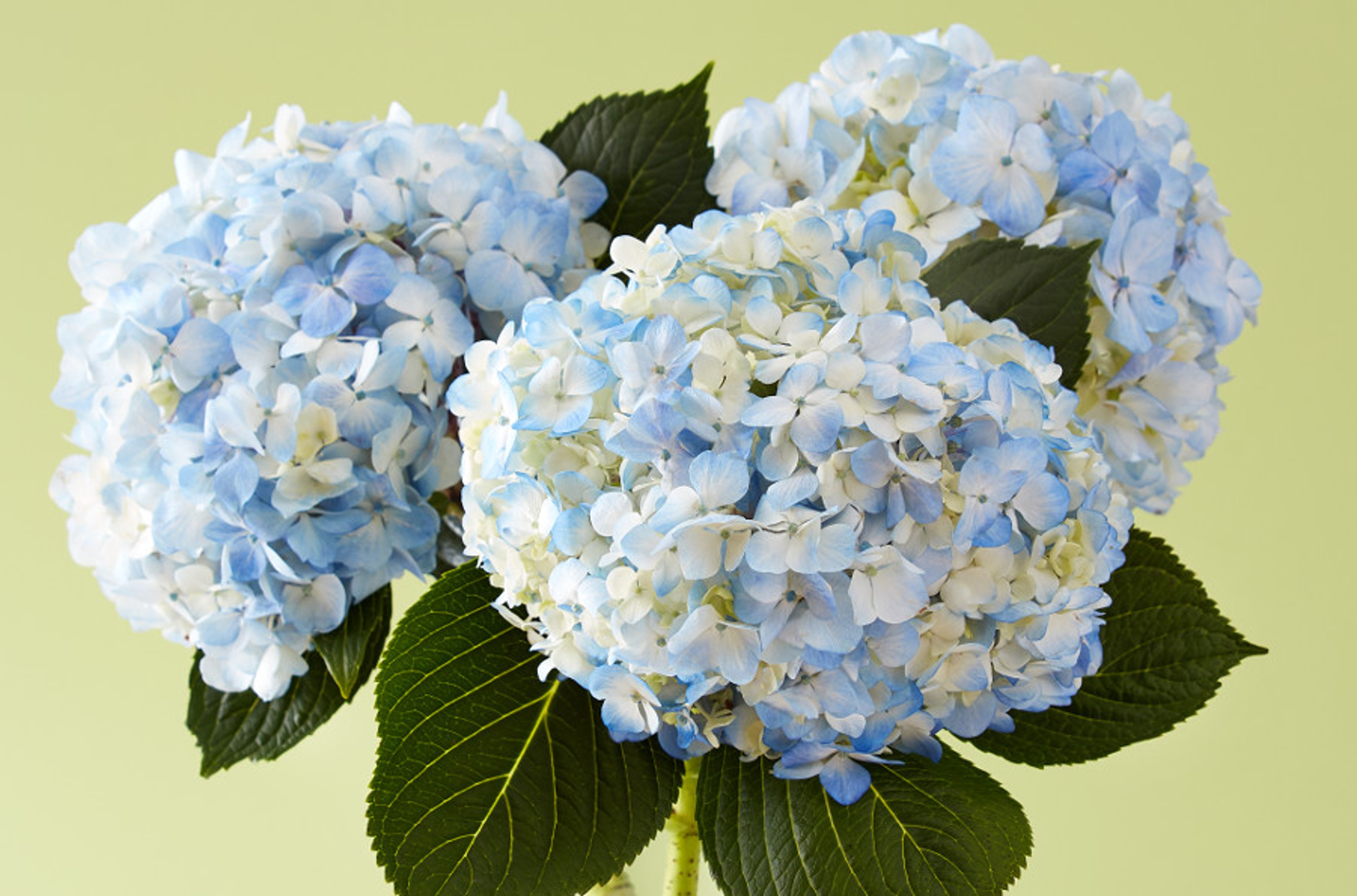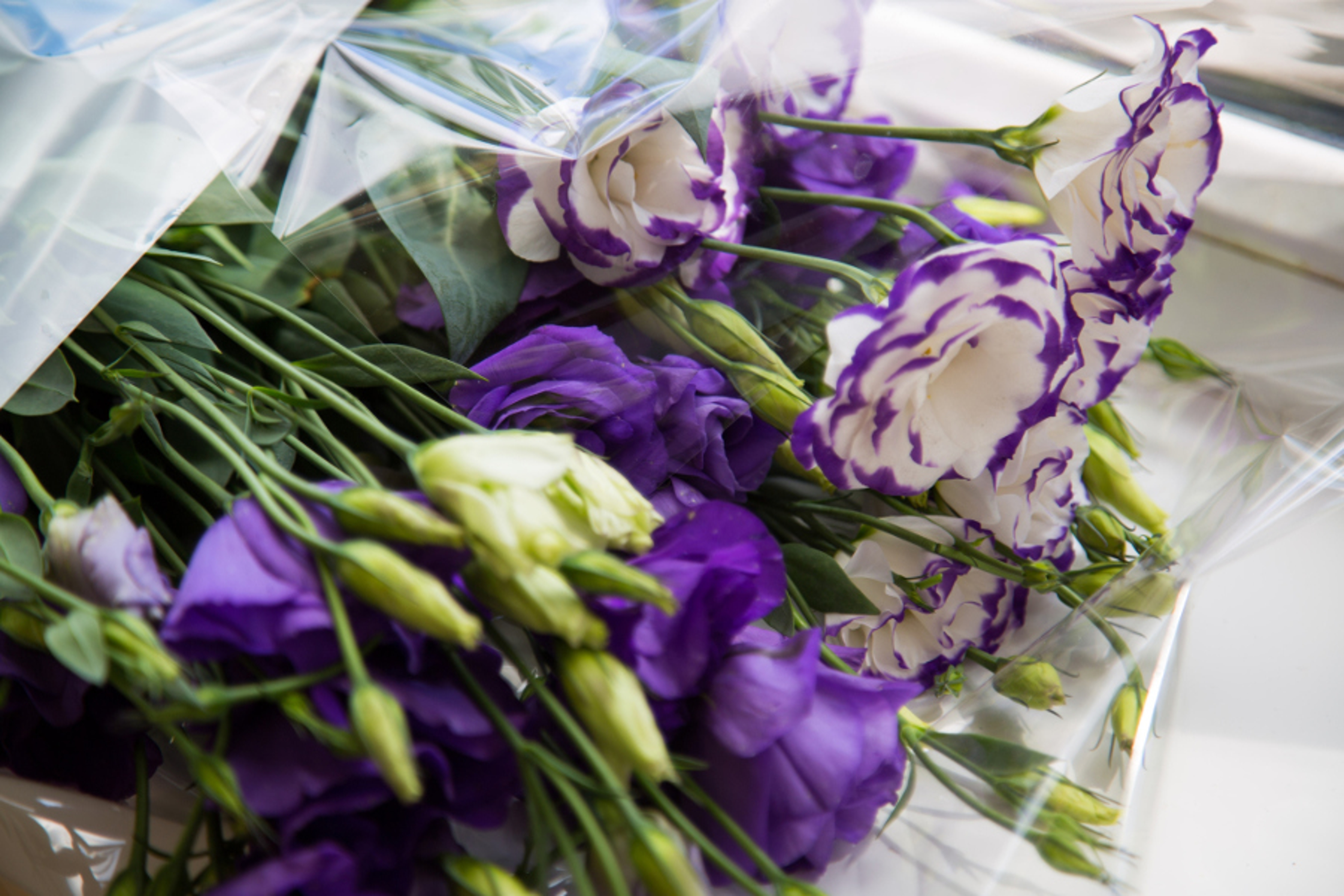What's the Meaning of Flower Colors?
Learn all about the meaning of flower colors.
Aug 13, 2021
When you see a flower, what is the first thing you notice? Is it its size? Its shape? Its scent? Or, perhaps, it is its color.
A flower’s color is one of many factors that makes nature so beautiful, which brings us to our question of the day: Do you know what each color means? If not, we do!
Let’s take a look at flower color meaning.
Red flowers
Although red flowers are most commonly associated with feelings of true love and passion, they can also be used to convey respect, desire, and courage. Our favorite flower species available in red are roses (these are, of course, a classic, but keep in mind that roses come in other colors, too!). Tulips, geraniums, and poppies also commonly come in red.
Yellow flowers
The color yellow is primarily associated with spreading happiness and joy; however, it is also the ideal color for symbolizing friendship. With their bright hue and cheery personality, yellow flowers can be used to better someone’s day and increase the positive energy in a room. Some popular yellow flowers are sunflowers, daisies, tulips, roses, and lilies.
Pink flowers
Similar to red flowers, pink flowers have also grown to be a symbol of love, though they can also mean happiness, gentleness, and femininity (this last one may be why you see so many pink flowers in Mother’s Day bouquets). The color pink can be found in flowers such as roses, lilies, carnations, peonies, and azaleas.
Orange flowers
Orange flowers are bright and bold, and, thus, they are known to symbolize feelings of excitement and enthusiasm. Some of the top flowers that are available in orange include lilies, tulips, marigolds, and zinnias.
White flowers
Traditionally used in bridal bouquets or during memorial services, white flowers range in meaning from purity and innocence to sympathy. To relay these messages, we recommend using orchids, daisies, carnations, or roses.
Blue flowers
The soothing blue hues that many flowers possess are said to symbolize tranquility and peace. Ultimately, this color is known to spread feelings of relaxation in order to help people release any negative feelings or feelings of stress! Some blue flowers that you may recognize are morning glories, hydrangeas, and cornflowers.
Purple flowers
Purple flowers are said to symbolize success and even royalty, although feelings of admiration and tradition may also come through in purple flowers. A few of our favorite purple flower types include clematis, iris, allium, and bellflower.
Lavender flowers
Although purple and lavender may look similar to the eye, their meanings differ: Lavender flowers typically symbolize grace, elegance, and youth. You can find this color in daisies, orchids, lilacs, and petunias.
Green flowers
The color green in nature, and green flowers, are associated with rebirth and renewal. Additionally, the color green can also symbolize good health, good fortune, and youthfulness. There are countless green plants you can use to surround yourself with these positive feelings. Examples of green flowers are bells of Ireland, button flowers, green cymbidium orchid, and anthurium.
Now, although some flowers come in very specific colors, you can always paint or dye your flowers to reflect the color you want, and some flower colors can even be changed. Take hydrangeas, for example. By changing the pH level of your soil, you can turn pink flowers to blue and vice versa!

























